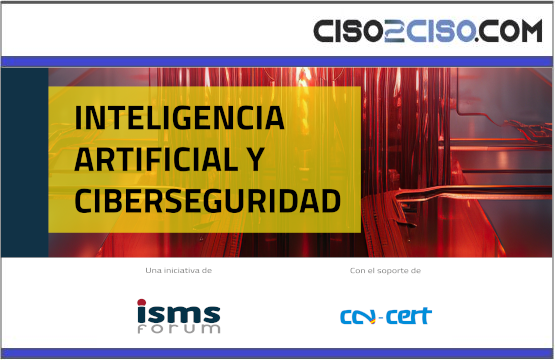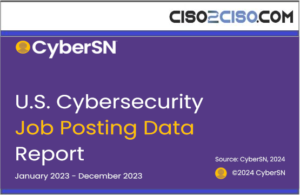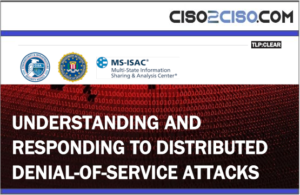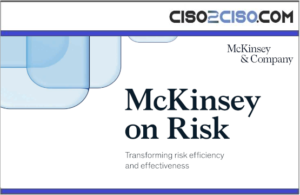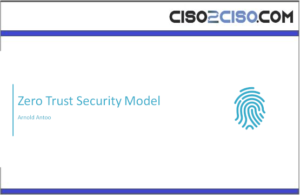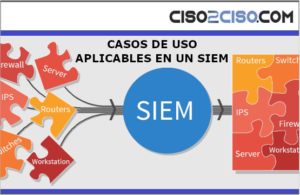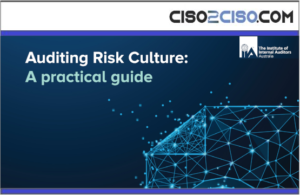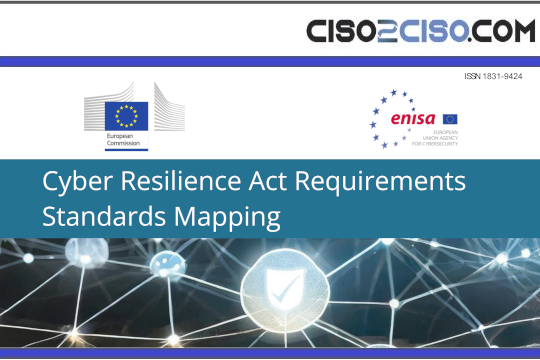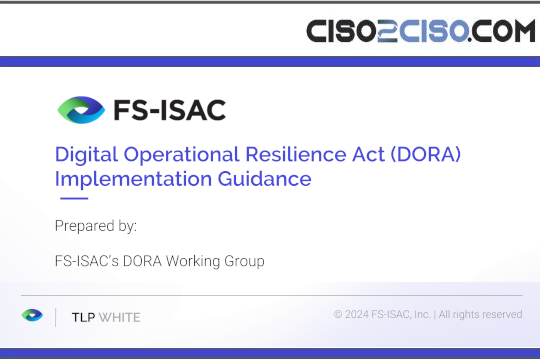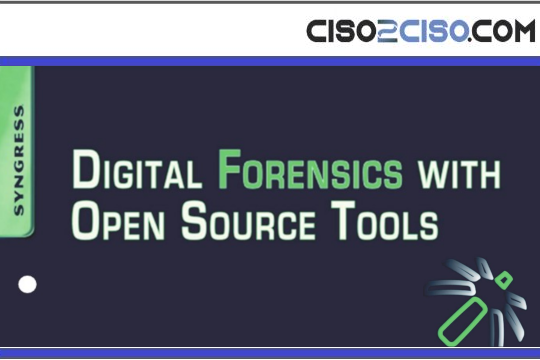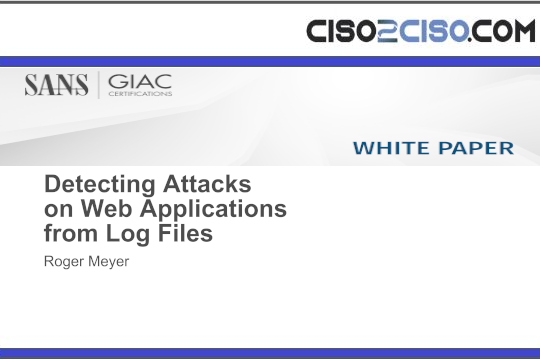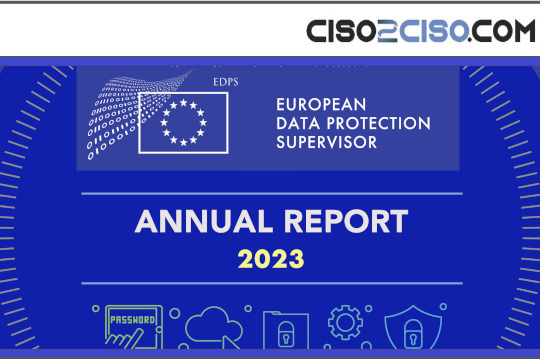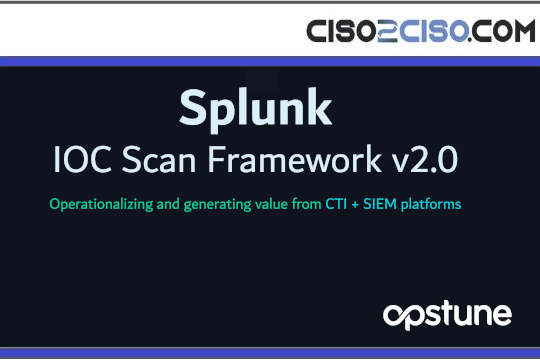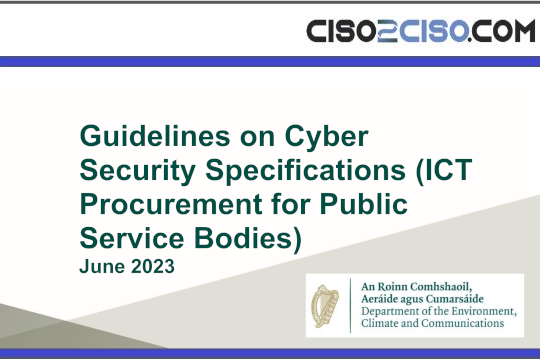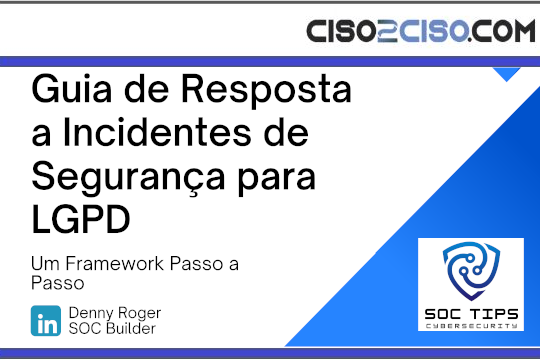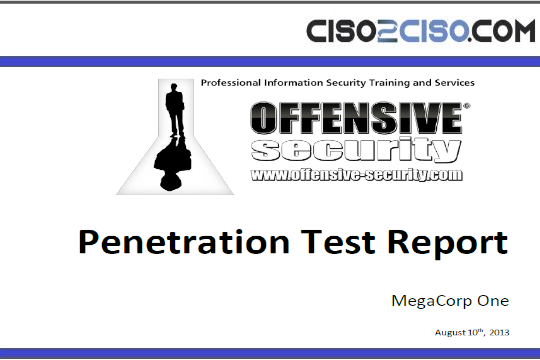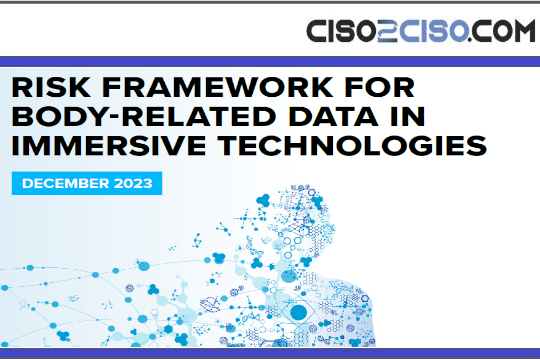The guide on “AI and Cybersecurity” provides comprehensive insights into the factors influencing the effectiveness of AI components, defining the requirements for human operators supervising and interpreting AI operations. It documents the interaction of AI components with other systems, outlining responsibilities for maintenance, updates, and privacy issues. It establishes thresholds for interpreting AI results and identifies contexts where AI inclusion in processing is not recommended.
Furthermore, the guide emphasizes transparency by documenting data sources and reporting mechanisms. It details data structures, categorizes data, and distinguishes between training and validation processes. Strategies for data segregation, preprocessing, and validation are outlined to ensure the AI component’s accuracy and efficiency.
The guide also addresses legal aspects, such as data protection responsibilities in treatment stages, registration of data processing activities, and the role of Data Protection Officers. It stresses the importance of documenting verification and validation processes, implementing control mechanisms, and managing risks to stakeholders’ rights and freedoms.
Additionally, it covers user categorization, potential uses, and secondary users of AI components, along with contextual considerations. It defines organizational structures, outlines task distribution, and highlights factors influencing component effectiveness.
Overall, the guide serves as a valuable resource for organizations navigating the integration of AI into cybersecurity practices, emphasizing ethical use, data protection, and risk management in AI applications.
Views: 0

